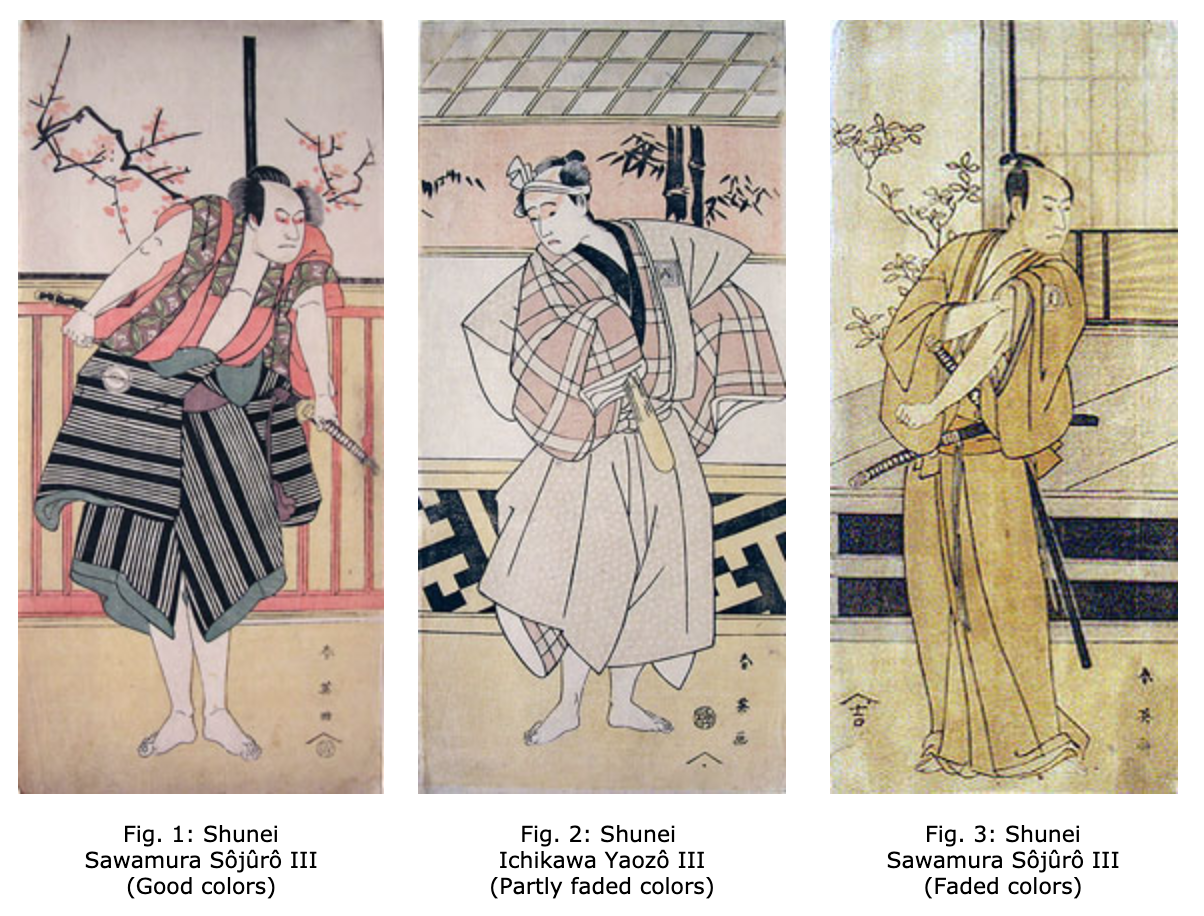Storing Works of Art on Paper
When prints and drawings are not framed and displayed, it is crucial to store them properly. Whether you have a few prints to keep safe or are building large-scale storage solutions, there are a few main concerns, solutions, and best practices to keep in mind when storing works of art on paper.
We recently acquired these works of art on paper for a corporate client. Millee Tibbs, Air/Plains series, 2013
Keeping Paper Safe
All artwork should be handled carefully, but works of art on paper can be especially delicate. Paper can fold, curl, crumple, or easily tear when it is not matted and framed. Keeping the paper flat and secure is a primary concern in the storage of prints and drawings. This can be achieved by storing works in frames, in stacked mats, or in archival boxes. Paper used in older works is often not archival–meaning its chemical composition inevitably breaks down–and the paper becomes more brittle as it ages. Storing works properly can help mitigate damage to older pieces. Today, many works of art are specifically made on archival paper to prevent decay.
Protecting Pigment
The medium used to create an image on the paper can also impact storage and conservation efforts. Over time, ink used in prints can off-gas onto other surfaces. If the print is stored in a frame with glass, the print can sometimes leave a faint “ghost” film where chemicals from the ink have interacted with the glass. If a print is stored in a stack with other loose prints, it can off-gas onto the other works of art. In this situation, interleaving sheets of a thin, archival, pH neutral type of paper called “glassine” can prevent damage. Glassine also prevents certain drawing materials from rubbing off of paper. Pastels and charcoal are especially prone to losing pigment.
Another concern when storing artwork is light. Exposure to sunlight can fade works of art or bleach the paper. Some types of prints are especially sensitive to this. For example, Japanese woodblock prints from the 19th century and earlier were often made with organic pigment that loses its vibrancy or fades to gray. The purple pigment used in these prints is a “fugitive” color and it is now very rare to find vibrant purples in Japanese woodblock prints. This is why we always recommend framing art in UV-filtered Plexiglas to protect work from light damage. (Check out our earlier blog post dedicated to using Plexiglas!)
Colors fading in Japanese woodblock prints via Viewing Japanese Prints
Environment, Pests, and Pesky Situations
Environment is also an important factor in creating the proper storage conditions for works of art on paper. Artwork should be stored in an area away from major activity, far from any food or beverages, and in a secure location.
It is important to store art in a place with consistent, controlled temperature and humidity. According to a guide to storing works on paper published by the University of Illinois, “A frequent recommendation is a stable temperature no higher than 70° F and a stable relative humidity between a minimum of 30% and a maximum of 50%.”
Paper is sensitive to moisture and can buckle when exposed to changes in humidity. Additionally, wet environments can produce mildew or mold, which can damage art. Works of art on paper and books are susceptible to foxing, or the spread of reddish-brown spots on paper caused by fungal growth.
Bookworms aren’t just people who love to read–they are any type of insect that eats paper. Ironically, these insects are not worms, but moths, beetles, and roaches. Keeping art away from any and all vermin is very important when storing work.
Solutions
Many of these concerns can be addressed by storing pieces in an archival box, like a Solander box. Solander boxes–also called “clamshell cases”–were developed by a botanist named Daniel Solander while he was cataloging the collection of the British Museum from 1763 to 1782. These boxes now come in standard sizes and can also be custom made. They protect from light, dust, vermin, and accidents like flooding. It’s a simple solution that can protect your artwork for many years to come.
Whatever your art storage needs, we are available to consult on creating the best environment for your artwork–on and off the wall.
. . .


